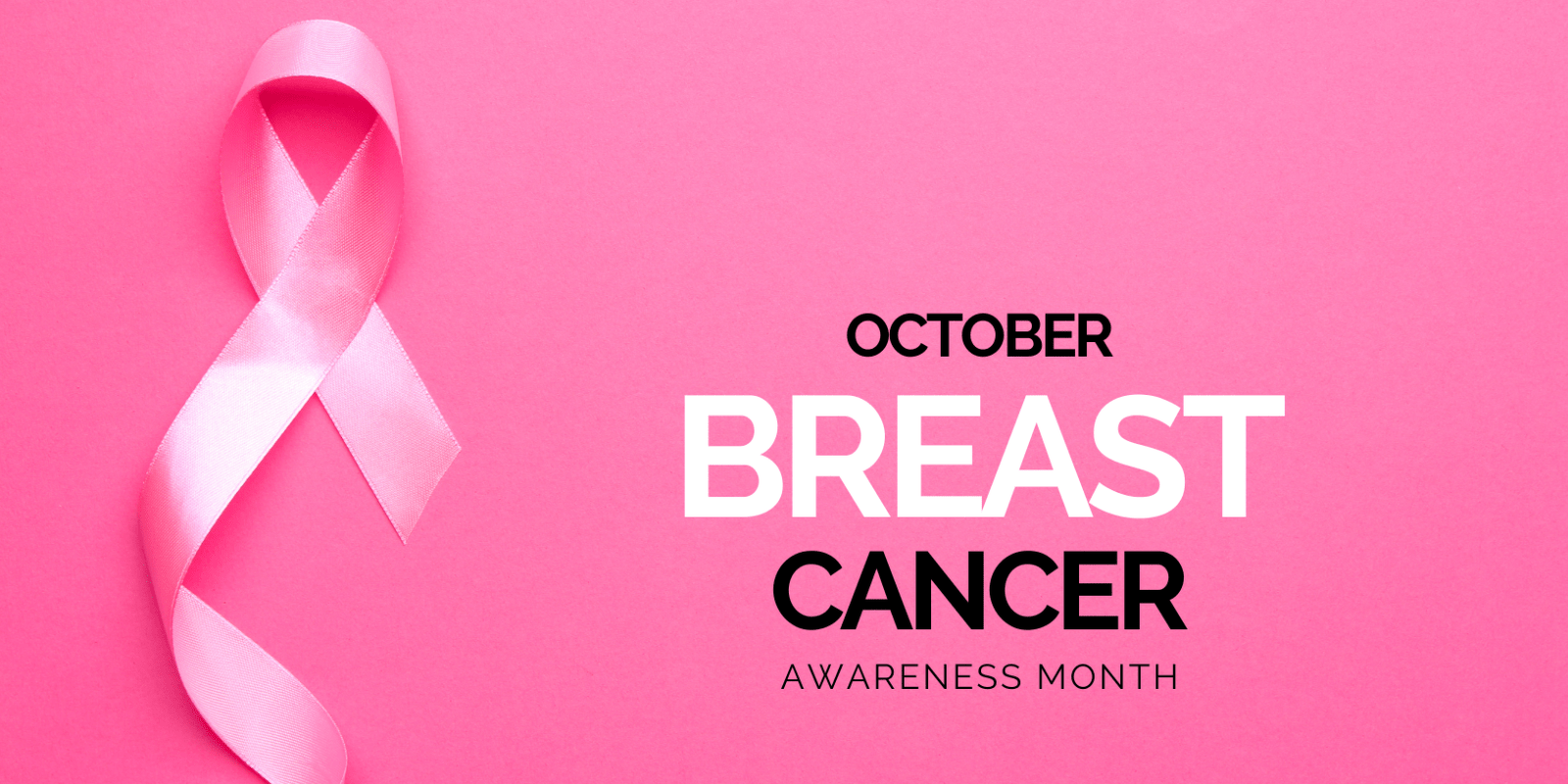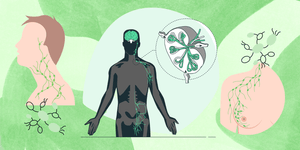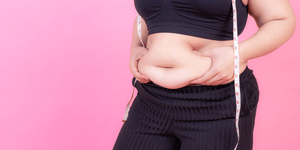October is Breast Cancer Awareness Month, an important time to spread vital information about this disease that impacts over 2 million women globally each year. While survival rates have improved tremendously, breast cancer remains the most common cancer diagnosis among women worldwide.
Awareness of risk factors, screening guidelines, warning signs and preventive lifestyle changes are key to reducing incidence and catching breast cancer early when outcomes are most favorable. I want to provide an overview of current medical recommendations, as well as emerging evidence on how detoxification practices may help lower risk.
American Cancer Society Screening Guidelines
- For women of average risk, annual mammograms are recommended starting at age 45. Women aged 40-44 have the option to begin screening with mammograms if they choose.
- Clinical breast exams should be conducted every 1-3 years for women in their 20s and 30s, then annually starting at age 40.
- Women with a high risk of breast cancer due to family history, genetic mutations, or other factors should receive more frequent and intensive screening. Discuss an appropriate plan with your doctor.
- All women should practice monthly breast self-exams to become familiar with the normal look and feel of their breasts. Promptly report any concerning changes like lumps, nipple discharge, or skin changes to your physician.
Know Your Risk Factors
Certain health and lifestyle factors are associated with increased breast cancer risk. Being aware of your personal risk profile allows you to make informed decisions about screening and prevention.
- Family history - Having a first-degree female relative (mother, sister, daughter) diagnosed with breast cancer doubles your risk.
- Reproductive history - Early first period, later menopause, late or no pregnancies, and older maternal age at first birth increased risk.
- Breast density - Women with dense breast tissue visible on a mammogram have higher risk. Supplemental screening like ultrasound may be recommended.
- Genetic mutations - Inherited mutations in BRCA1/2 or other genes greatly increase lifetime risk. Genetic testing can assess if you have these.
- Previous breast biopsies - Women with past biopsies showing atypical hyperplasia or lobular carcinoma in situ are at elevated risk.
- Lifestyle factors - Lack of exercise, obesity, smoking, excessive alcohol intake, and stress can influence risk.
Signs and Symptoms
- Lumps in the breast tissue or armpit region
- Changes to breast size, shape, contour, or skin texture
- Nipple inversion, scaliness, irritation, or discharge
- Pain, swelling, or discomfort in the breast area
- Red or inflamed skin on the breast
-
Visible veins on the breast skin
If you notice any of these warning signs, schedule an appointment with your doctor right away for further examination.
Preventive Lifestyle Changes
While some risk factors cannot be changed, adopting healthy lifestyle habits can help lower your chances of developing breast cancer:
- Reach and maintain a healthy weight - Obesity and weight gain are definitively linked to higher breast cancer risk, especially after menopause. Losing excess weight can reduce risk.
- Exercise regularly - Aim for 150 minutes per week of moderate aerobic activity along with strength training. Exercise helps manage hormones, weight, and stress levels.
- Limit alcohol - Drinking alcohol consistently, even moderately, is tied to increased risk. Limit to no more than 1 drink per day, if you choose to drink.
- Breastfeed if possible - Breastfeeding mothers have a lower risk of breast cancer that diminishes with longer duration of breastfeeding.
- Reduce stress - Chronic stress impacts hormone levels over time. Make time for stress relief activities like yoga, meditation, or counseling if needed.
- Quit smoking - Smoking is associated with a higher risk of developing breast cancer. Seek support in quitting if needed.
- Avoid exposure to chemicals and radiation - Be prudent about medical radiation exposure and minimize use of chemical pesticides, cleaners, body care products and cosmetics.
The Role of Detoxification and Lymph Health
Emerging research indicates that supporting the body's natural detoxification processes may also help lower breast cancer risk. Toxins and heavy metals accumulate in fatty tissues over years of exposure to things like pollution, pesticides, plastics, cigarette smoke, and chemicals in body care products and cosmetics.
Burdening the body with a buildup of carcinogens and hormone disruptors may contribute to abnormal cell growth and immune dysfunction. Gentle detoxification practices help facilitate the safe removal of accumulated wastes and toxins through the lymphatic system.
The lymphatic system is essentially the body's drainage network that collects interstitial fluid from tissues and filters out toxins, bacteria, dead cells, fats and waste. This fluid is transported via lymph vessels and passed through lymph nodes that catch and trap foreign substances. The filtered lymph then returns to the circulatory system.
Enhancing lymph flow and lymph health through techniques like dry brushing skin, rebounding on a mini-trampoline, yoga twists and stretches, massage, sauna therapy and lymph drainage creams may support natural detoxification. Always check with your doctor before adding new therapies.
Ways to Gently Detoxify Your Body:
- Dry brush your skin daily - Using a firm natural bristle brush, brush the skin in long strokes toward the heart. This stimulates lymph vessels to improve circulation.
- Add a rebounder - Just 5-10 minutes daily of gently bouncing on a mini-trampoline activates lymph flow through the vibrations and gravitational shifts.
- Practice stimulating yoga poses - Inversions, twists and backbends help shift lymph thanks to gravity and muscular contraction and relaxation.
- Consider cupping therapy - Gentle cupping massage techniques may activate lymph drainage to facilitate detoxification.
- Apply botanical lymph cream – Lure Essentials created a powerful botanical Immune Defense Lymph Cream to support lymphatic drainage.
- Use an infrared sauna - Infrared saunas induce mild sweating to help purge toxins through the skin and boost circulation. Always stay hydrated.
- Eat a clean, organic diet - Reducing intake of processed foods, added sugars, and pesticide residues lessens your toxic load. Focus on organic fruits, veggies, whole grains and lean proteins.
- Minimize plastics and chemical cosmetics - Store food in glass rather than plastic containers when possible. Use plant-based, non-toxic personal care and cleaning products.
- Address chronic stress - Unmanaged high stress long-term can suppress immune function. Make time for relaxation, yoga, meditation, therapy, or other healthy stress relief.
A proactive detox regimen focused on lymph health can be an empowering addition to your annual checkups and routine screenings.
This Breast Cancer Awareness Month, be proactive about reducing your risks through healthy lifestyle choices and supportive detoxification habits. Knowledge truly is power when it comes to staying vigilant about breast health.






